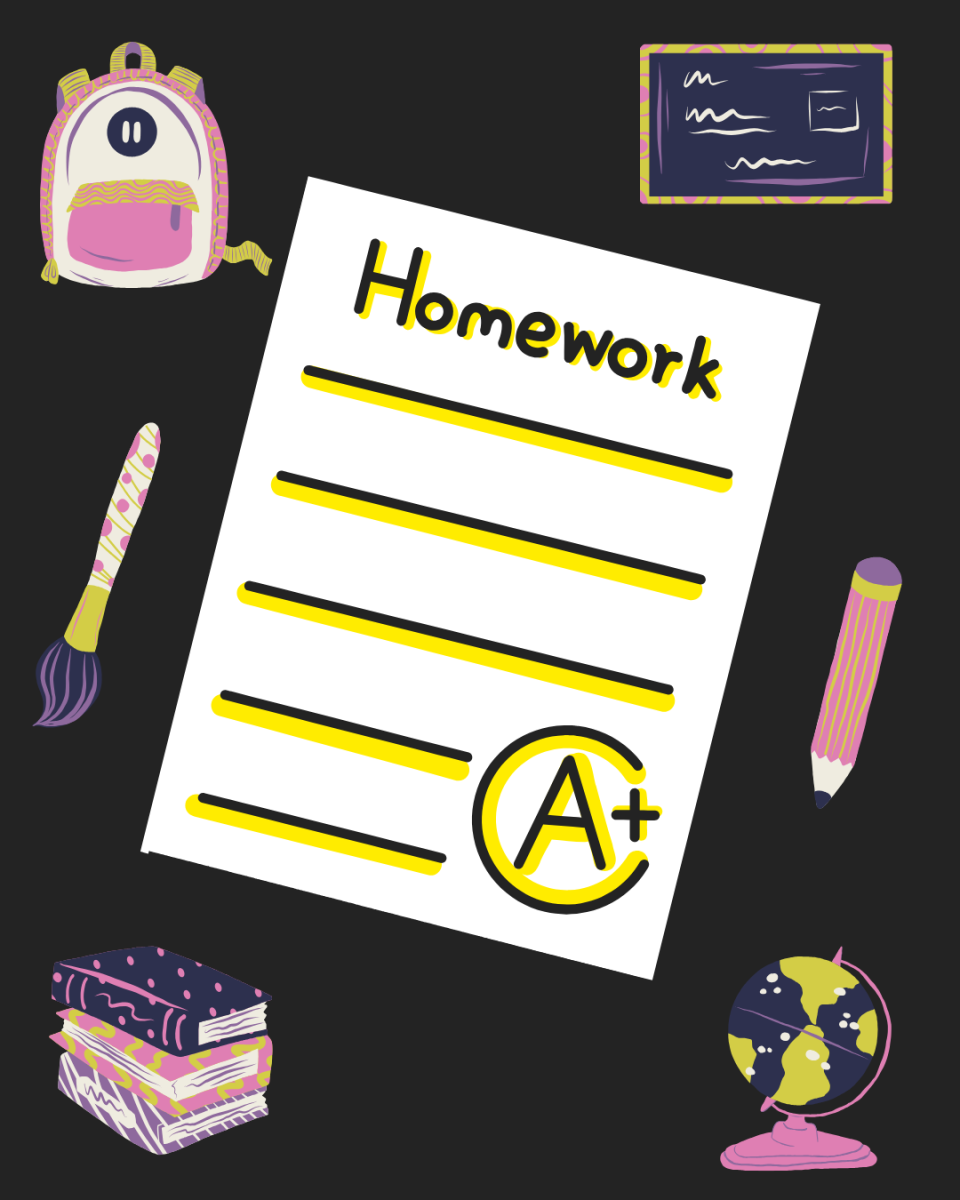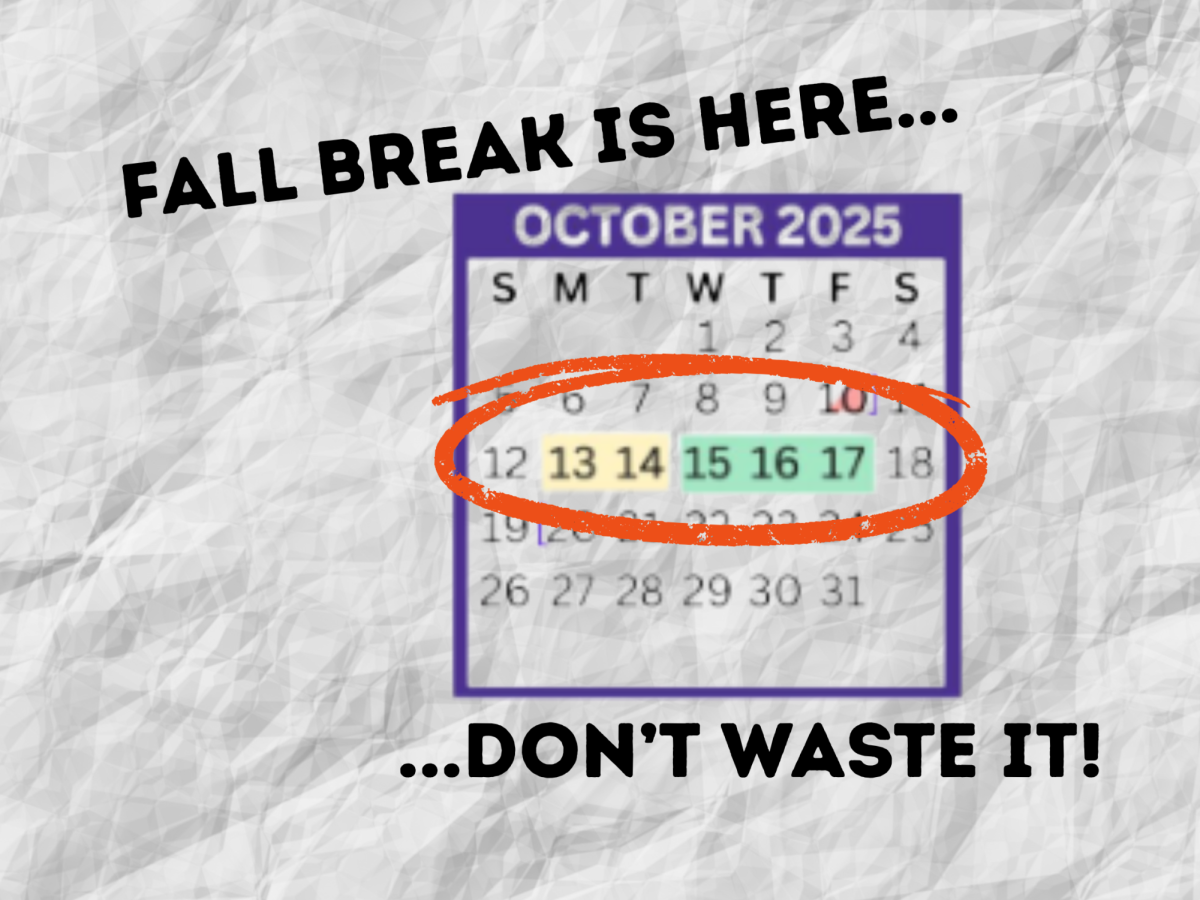Homework’s easier-kids just don’t try hard enough.
Many teens have heard those words slip out of their parents’ mouths in some form. While it seems tempting to assume modern tools like Google, AI and digital platforms make learning effortless, these common presumptions could not be further from the truth. Many parents today underestimate and undermine the actual workload students face, especially with the creation of AI and technology.
The sheer amount of homework has steadily increased, especially for students balancing AP and honors classes. A typical night might include pages of math problems, reading chapters in English, science labs and preparation for tests across multiple subjects. Add in extracurriculars or part-time jobs, and late nights become the norm. Most teens now exceed the “10 minutes per grade level” homework guideline. In fact, a Stanford University study found that high school students in high-achieving communities reported spending an average of three hours or more on homework per night, contributing to sleep deprivation and stress. This isn’t “easy”—it’s overwhelming, leaving little room for rest or family time.
Work has also grown more complex. Parents may remember simple worksheets or memorization, but today’s assignments demand analysis, creativity and higher-order thinking. In history, for instance, students must evaluate primary sources and write argumentative essays; in STEM, assignments might involve coding or multi-step projects. Technology and AI can provide quick facts, but they don’t do the thinking for students. Today’s teens are expected to handle more advanced content earlier and demonstrate “21st-century skills” like collaboration and critical thinking. Expectations have risen, requiring them to adapt faster and under greater pressure than previous generations did.
Parents often argue, “But you have AI now—it’s easier to find answers.” In truth, AI can offer suggestions, but it cannot replace understanding. Teachers now deliberately design projects, reflections and in-class assessments that AI cannot directly solve. For instance, the Education Week editorial board notes that educators are increasingly “crafting assignments AI can’t easily complete—emphasizing voice, perspective, and personal connection.” Instead of lightening workloads, technology has raised the bar: teens must show originality, prove comprehension and demonstrate digital literacy. What appears like a shortcut is, in reality, another demand layered onto their learning.
So when parents claim today’s students “don’t try hard enough,” they miss the real issue. The struggle isn’t from lack of effort, but from ever-increasing quantity, heightened complexity, and the unfair assumption that external tools mean less work. Teens today are not lazy—they are navigating an educational system that demands more than ever before.














